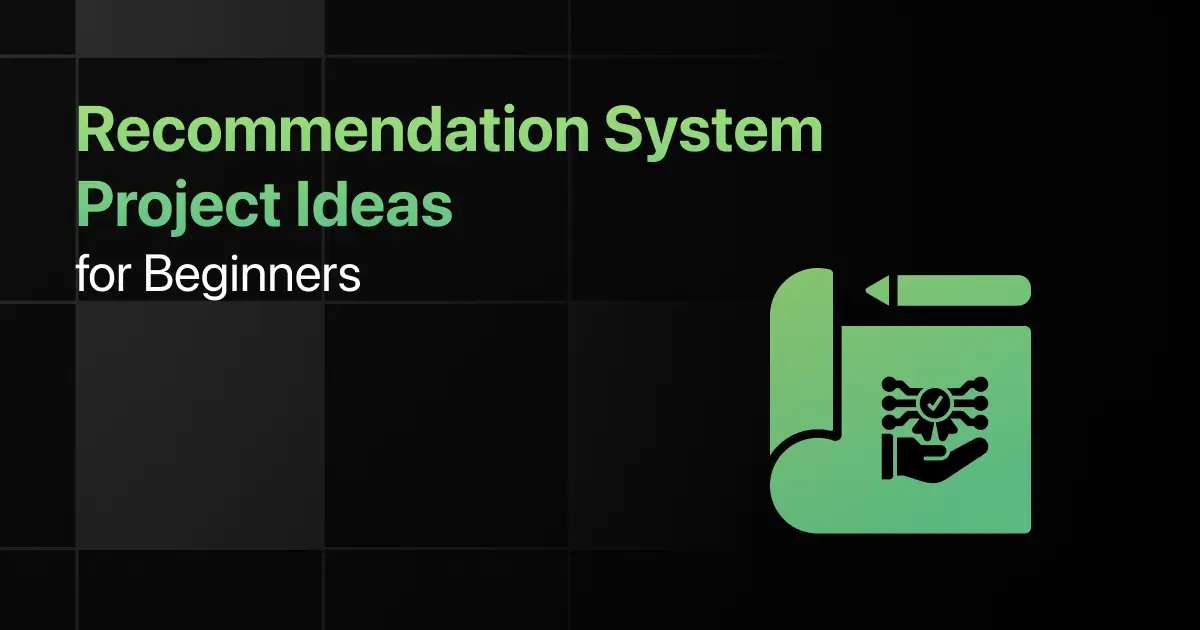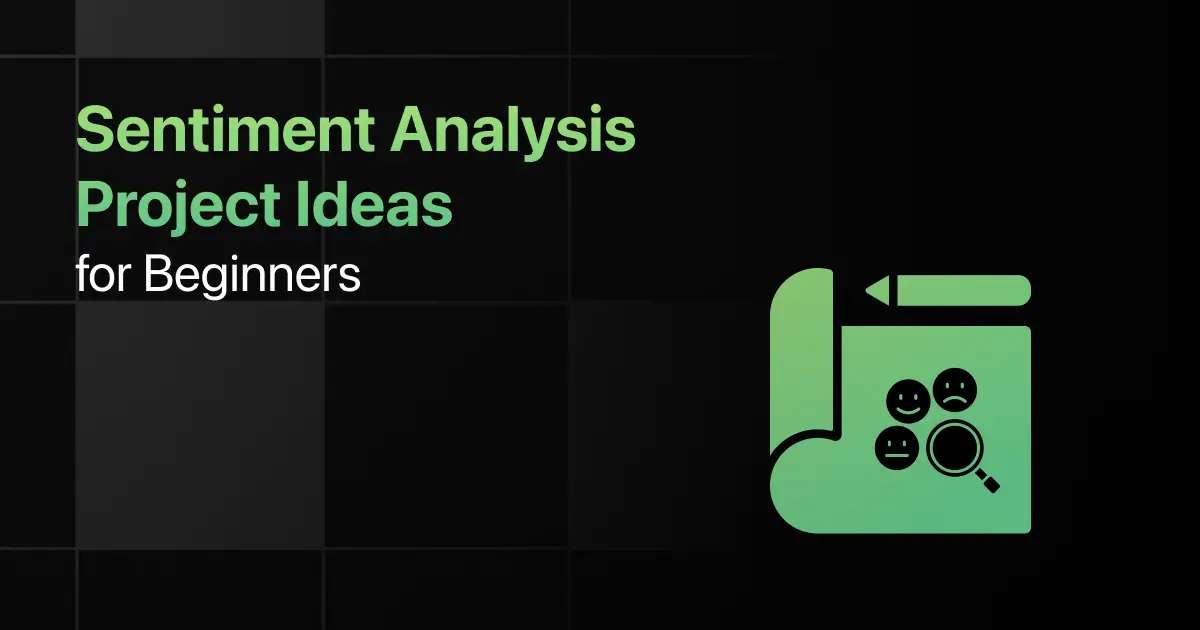Best Programming Languages for Beginners
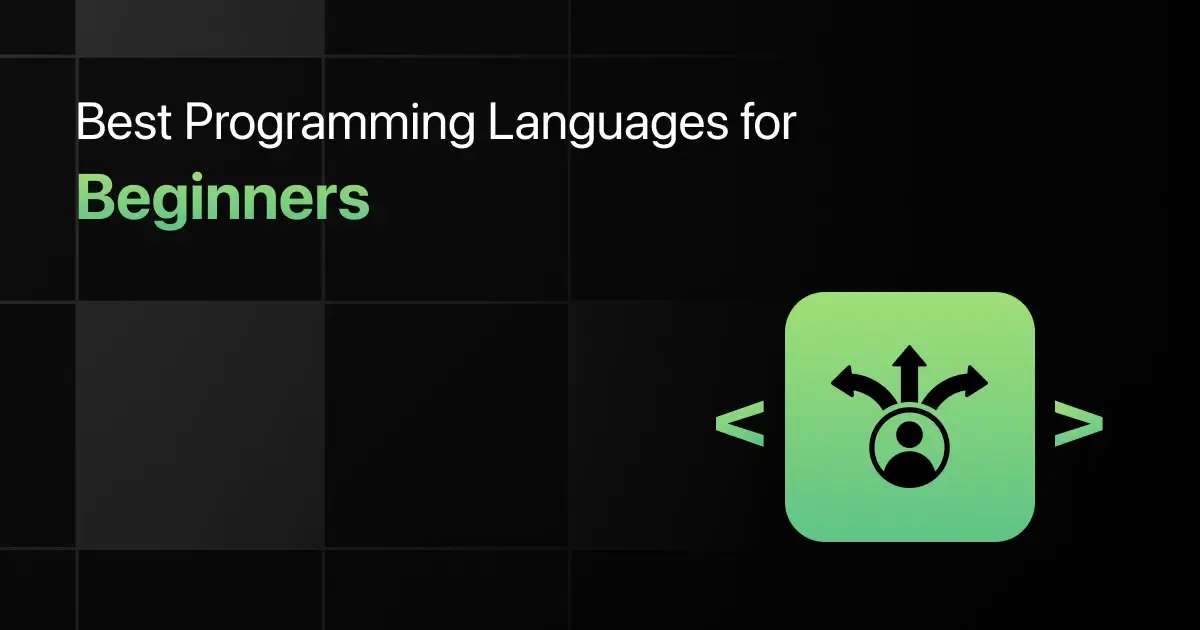
Learning to code is a valuable skill today, but choosing the right language can be overwhelming. If you’re wondering, “Which is the best programming language for beginners?” this guide is for you.
Understanding the best coding language for beginners will help you start your journey in the right direction.
We’ll explore the top 10 programming languages that are ideal for newcomers.
Best Coding Languages for Beginners – Overview
Here’s an overview of the 10 best programming languages for beginners:
| S.No. | Programming Language | Learning Curve | Job Market Demand | Learning Resources |
|---|---|---|---|---|
| 1 | Python | Easy | Web Development, Data Analysis, and Machine Learning Tasks | Learn More |
| 2 | Java | Medium | Enterprise Applications and Android App Development | Learn More |
| 3 | C Programming | Difficult | System Programming, Embedded Systems, and High-Performance Applications | Learn More |
| 4 | C++ | Difficult | Game Development, System Software, and Performance-Critical Applications | Learn More |
| 5 | JavaScript | Easy | Interactive Websites and Web Applications | Learn More |
| 6 | R Programming | Medium | Data Analysis, Statistical Modeling, and Visualization Tasks | Learn More |
| 7 | PHP | Easy | Dynamic Websites and Web Applications | Learn More |
| 8 | Swift | Easy | iOS and macOS Applications | Learn More |
| 9 | Ruby | Easy | Web Applications and Backend Services | Learn More |
| 10 | Kotlin | Easy | Android Applications and Backend Services | Learn More |
Top 10 Programming Languages for Beginners
Below are the top 10 best programming languages to learn for beginners:
1. Python
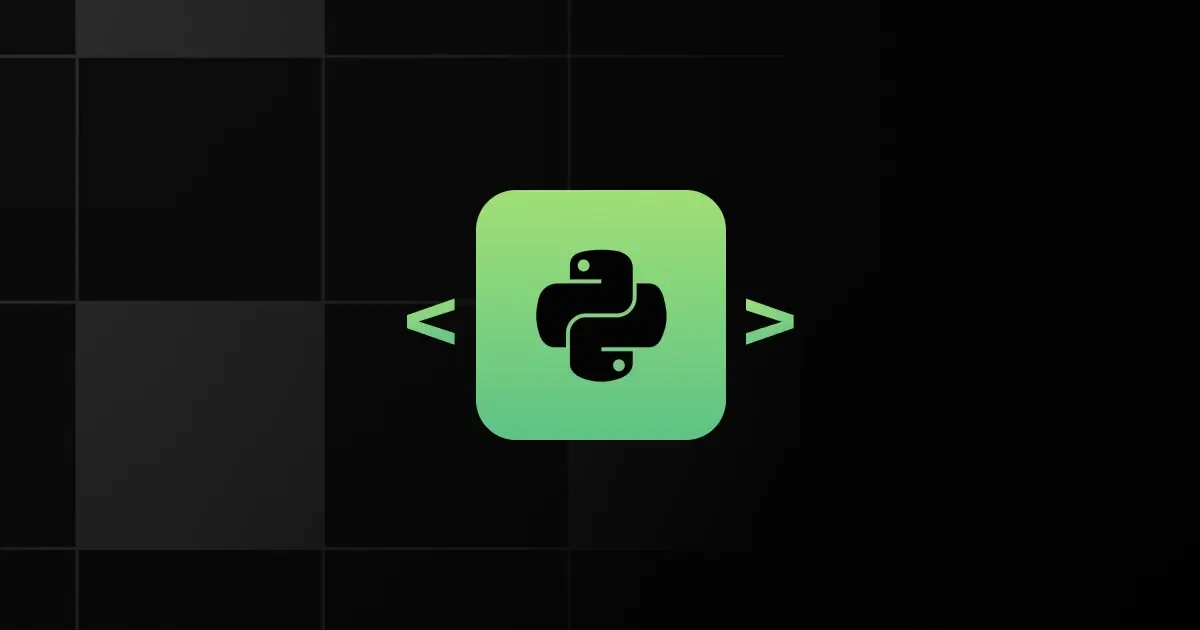


Python is a versatile, high-level programming language known for its simplicity and readability.
It’s great for beginners due to its straightforward syntax and wide applicability in web development, data science, AI, and more.
Popularity:
- Widely used in academia and research.
- Popular in the tech industry for AI and machine learning.
- Strong presence in web development.
Learning Curve: Easy
Framework and Library Support:
- Django (Web Development)
- Flask (Web Development)
- TensorFlow (Machine Learning)
Integration Capabilities:
- Easily integrates with web services.
- Works well with other programming languages.
- Strong support for data analysis tools.
Security Features:
- Supports encryption libraries.
- Secure coding practices are encouraged.
- Vulnerability scanning tools are available.
Community and Support:
- Large and active community.
- Extensive online tutorials and courses.
- Numerous open-source projects and contributions.
Job Market Demand:
- Used for web development, data analysis, and machine learning tasks.
- High demand in tech companies, research institutions, and startups.
Future Prospects and Trends:
- Growing use of AI and machine learning.
- Increasing adoption in various industries for automation and data analysis.
2. Java
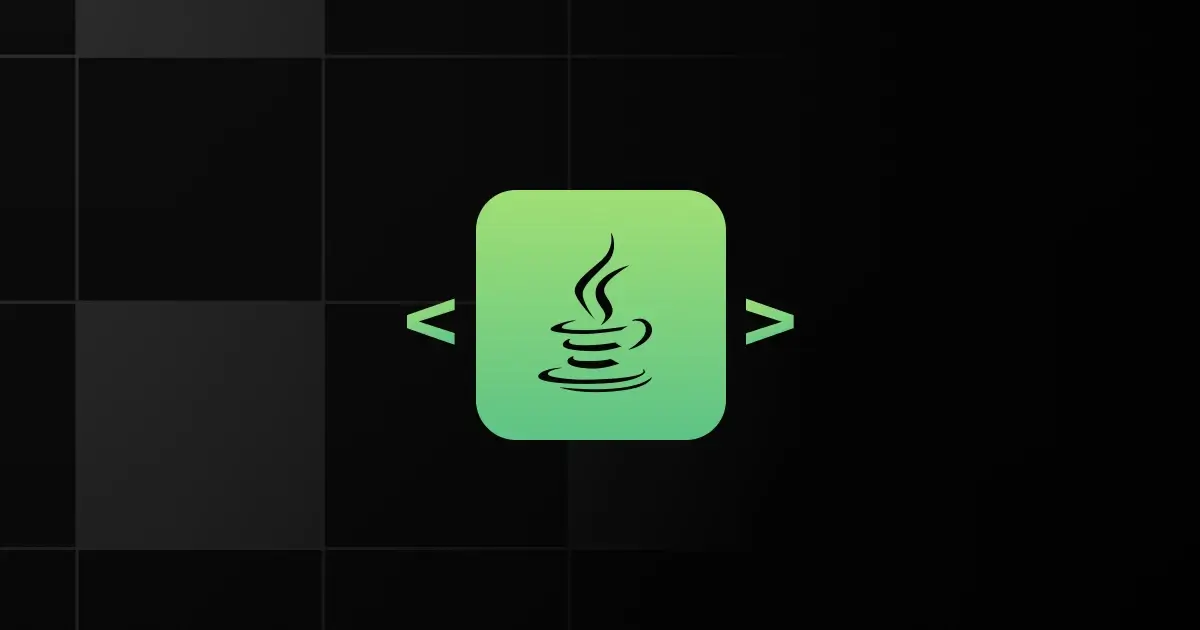


Java is a robust, object-oriented programming language widely used in enterprise environments and Android app development.
Its strong typing and structure make it an excellent choice for learning solid programming foundations.
Popularity:
- Extensive use in enterprise applications.
- Popular for Android app development.
- Strong presence in large-scale systems.
Learning Curve: Medium
Framework and Library Support:
- Spring (Enterprise Applications)
- Hibernate (ORM)
- Android SDK (Mobile Development)
Integration Capabilities:
- Easily integrates with web services.
- Strong support for RESTful APIs.
- Good compatibility with other enterprise systems.
Security Features:
- Built-in security manager.
- Robust authentication and authorization.
- Regular security updates.
Community and Support:
- Large and established community.
- Extensive documentation and resources.
- Numerous forums and user groups.
Job Market Demand:
- Used for developing enterprise-level applications and Android apps.
- High demand in large corporations, financial institutions, and mobile development firms.
Future Prospects and Trends:
- Continues to be a preferred language for enterprise solutions.
- Increasing relevance with the rise of Android devices.
3. C Programming
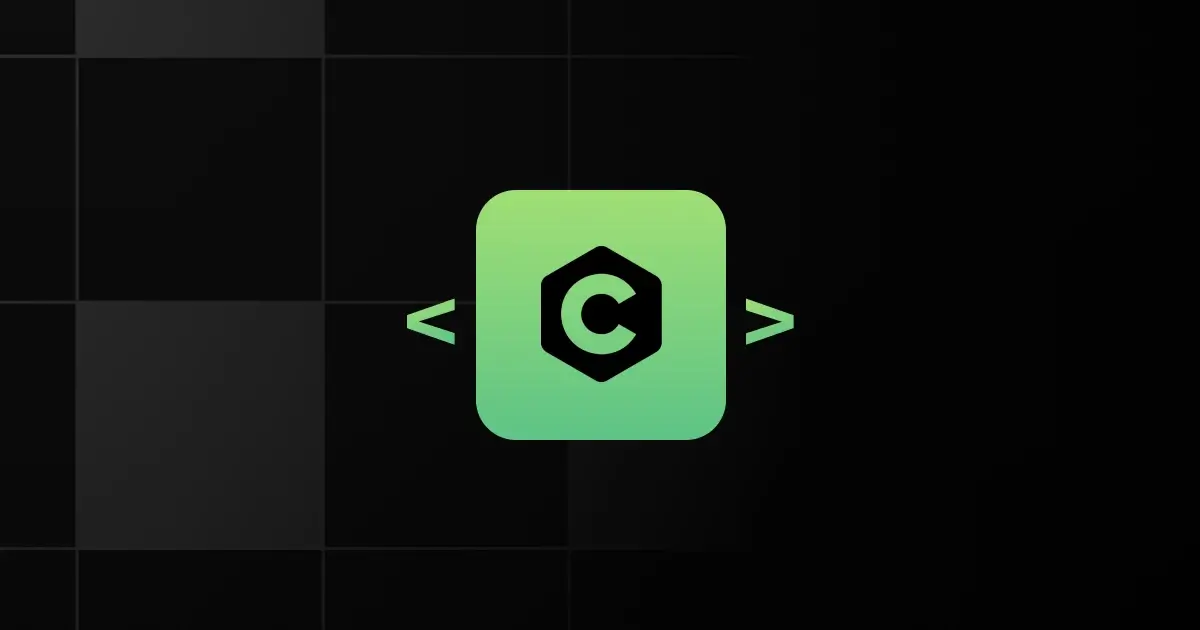


C is a powerful, low-level programming language that provides a foundation for understanding system-level programming and computer science concepts.
It’s ideal for beginners looking to learn the fundamentals of programming and memory management.
Popularity:
- Widely used in system programming.
- Popular in embedded systems.
- Commonly taught in computer science courses.
Learning Curve: Difficult
Framework and Library Support:
- Standard Library (stdlib.h)
- POSIX Library (Unix/Linux systems)
- Embedded C libraries
Integration Capabilities:
- Direct hardware manipulation.
- Compatible with assembly language.
- Integrates with various operating systems.
Security Features:
- Requires careful handling of memory.
- Supports secure coding practices.
- Tools for detecting memory leaks and vulnerabilities.
Community and Support:
- Strong academic and professional community.
- Extensive online resources and textbooks.
- Active forums and discussion groups.
Job Market Demand:
- Used for developing operating systems, embedded systems, and high-performance applications.
- High demand in hardware companies, embedded systems development, and research labs.
Future Prospects and Trends:
- Continues to be essential for system programming and embedded systems.
- Relevant for understanding and developing new computing technologies.
4. C++
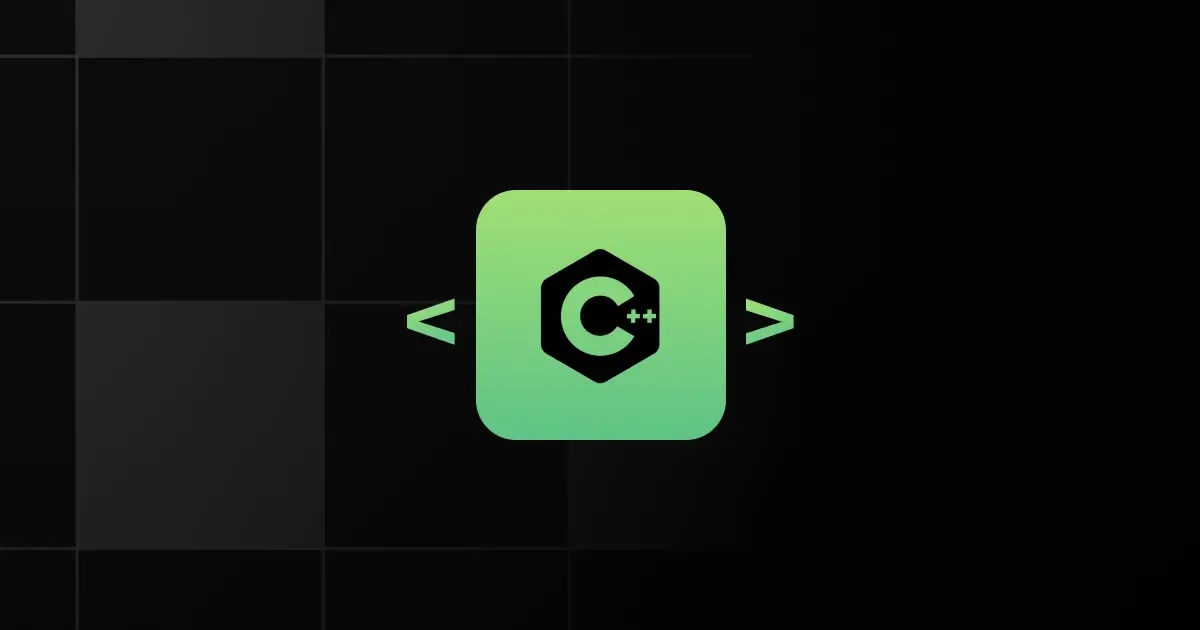


C++ is an extension of C that includes object-oriented features, making it suitable for both system and application-level programming.
It’s beneficial for beginners aiming to understand both high-level and low-level programming concepts.
Popularity:
- Widely used in game development.
- Popular for developing system software.
- Common in performance-critical applications.
Learning Curve: Difficult
Framework and Library Support:
- Standard Template Library (STL)
- Boost Libraries
- Unreal Engine (Game Development)
Integration Capabilities:
- Direct hardware access.
- Interoperable with C and other languages.
- Used in multi-platform development.
Security Features:
- Supports secure coding practices.
- Tools for detecting memory issues.
- Regular security updates.
Community and Support:
- Large and active community.
- Extensive documentation and resources.
- Numerous forums and user groups.
Job Market Demand:
- Used for developing games, real-time simulations, and system software.
- High demand for gaming companies, software development firms, and hardware manufacturers.
Future Prospects and Trends:
- Increasing use in game development and high-performance applications.
- Continues to be relevant for system-level programming and performance optimization.
5. Javascript
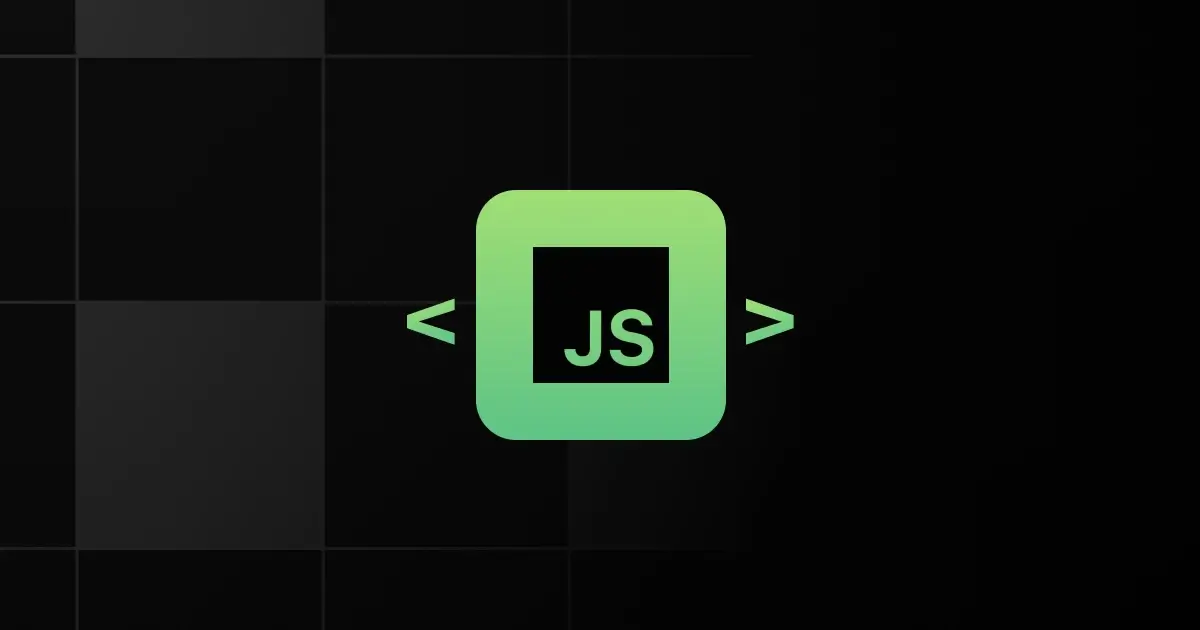


JavaScript is a versatile, high-level programming language essential for web development.
It’s ideal for beginners interested in creating interactive websites and web applications.
Popularity:
- Widely used in front-end web development.
- Popular for full-stack development with Node.js.
- Strong presence in web development.
Learning Curve: Easy
Framework and Library Support:
- React (Web Development)
- Angular (Web Development)
- Node.js (Server-Side Development)
Integration Capabilities:
- Easily integrates with HTML and CSS.
- Compatible with various web APIs.
- Supports real-time web applications.
Security Features:
- Supports secure coding practices.
- Tools for detecting vulnerabilities.
- Regular security updates.
Community and Support:
- Large and active community.
- Extensive online resources and tutorials.
- Numerous open-source projects and contributions.
Job Market Demand:
- Used for developing interactive websites and web applications.
- High demand in tech companies, startups, and web development firms.
Future Prospects and Trends:
- Growing use in front-end frameworks and libraries.
- Increasing adoption for full-stack development with Node.js.
6. R Programming
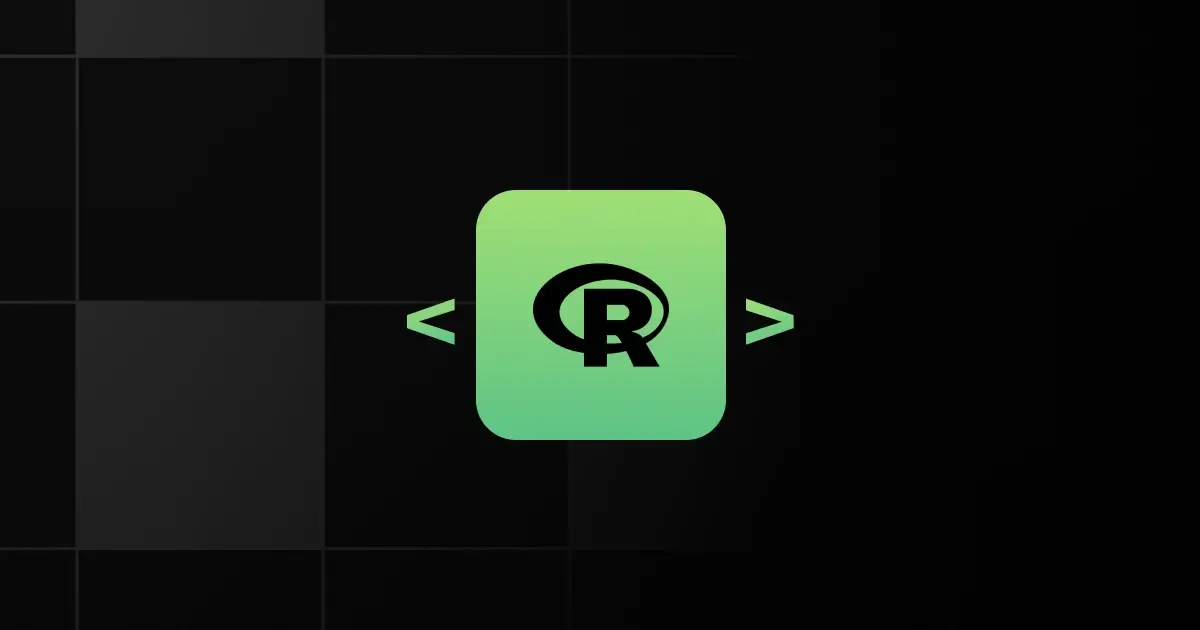


R is a language and environment for statistical computing and graphics. It’s particularly beneficial for beginners interested in data analysis and statistical modeling.
Popularity:
- Widely used in academia and research.
- Popular in data science and statistics.
- Strong presence in data analysis.
Learning Curve: Medium
Framework and Library Support:
- Tidyverse (Data Science)
- ggplot2 (Data Visualization)
- Shiny (Web Applications)
Integration Capabilities:
- Compatible with various data sources.
- Integrates with statistical software.
- Supports data analysis workflows.
Security Features:
- Supports secure coding practices.
- Tools for data encryption.
- Regular security updates.
Community and Support:
- Strong academic and professional community.
- Extensive online resources and tutorials.
- Numerous open-source projects and contributions.
Job Market Demand:
- Used for data analysis, statistical modeling, and visualization tasks.
- High demand in academia, research institutions, and data-driven industries.
Future Prospects and Trends:
- Increasing use in data science and analytics.
- Growing adoption in various industries for data-driven decision-making.
7. PHP
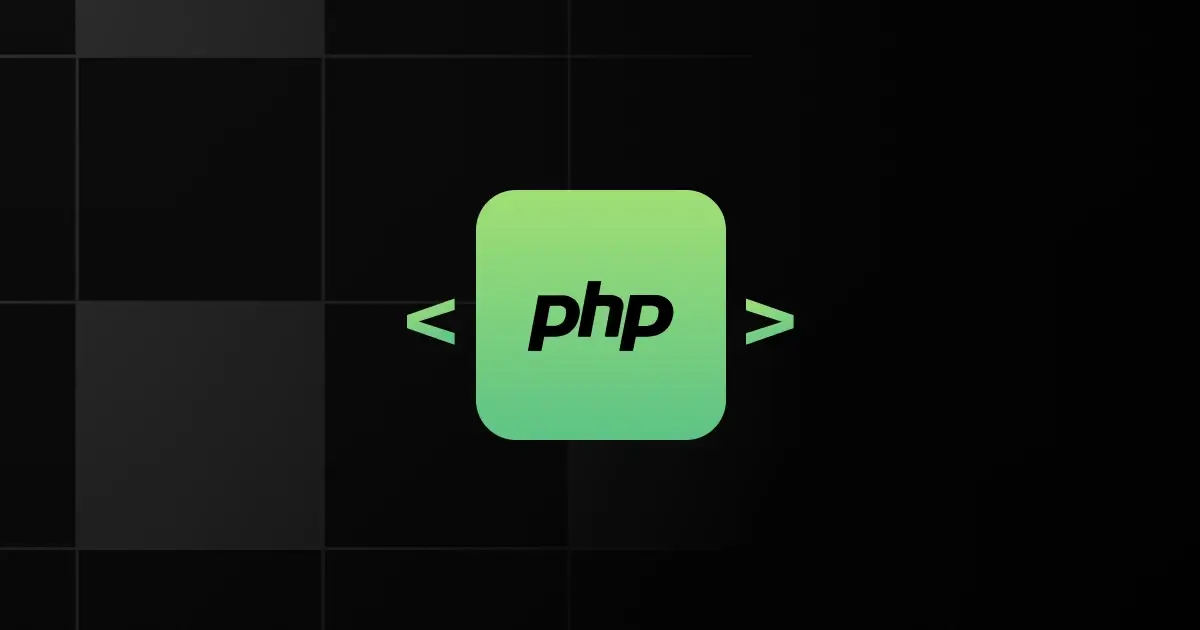


PHP is a server-side scripting language widely used for web development. It’s great for beginners looking to create dynamic websites and web applications.
Popularity:
- Widely used in web development.
- Popular for content management systems.
- Strong presence in server-side scripting.
Learning Curve: Easy
Framework and Library Support:
- Laravel (Web Development)
- Symfony (Web Development)
- CodeIgniter (Web Development)
Integration Capabilities:
- Easily integrates with HTML and databases.
- Supports various web services.
- Compatible with numerous web technologies.
Security Features:
- Supports secure coding practices.
- Tools for detecting vulnerabilities.
- Regular security updates.
Community and Support:
- Large and active community.
- Extensive online resources and tutorials.
- Numerous open-source projects and contributions.
Job Market Demand:
- Used for developing dynamic websites and web applications.
- High demand in web development firms, startups, and tech companies.
Future Prospects and Trends:
- Continues to be widely used for web development.
- Increasing use in building scalable and secure web applications.
8. Swift
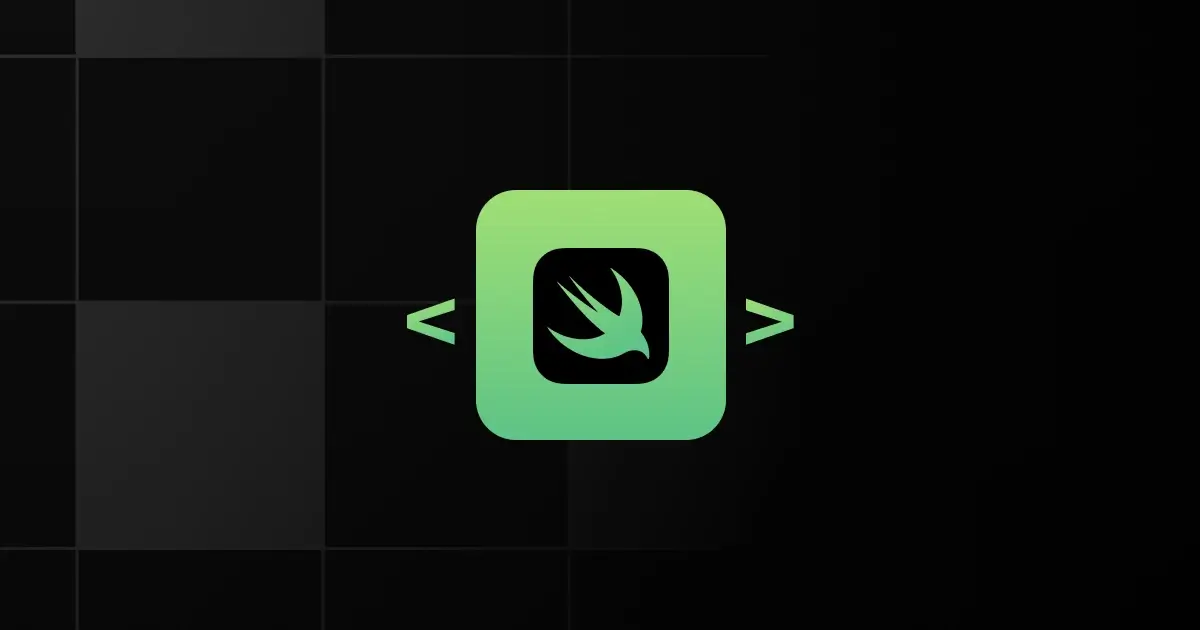


Swift is a powerful, intuitive programming language for iOS and macOS development.
It’s designed to be easy to learn and use, making it ideal for beginners interested in Apple platform development.
Popularity:
- Widely used for iOS and macOS development.
- Popular in the Apple developer community.
- Strong presence in mobile app development.
Learning Curve: Easy
Framework and Library Support:
- UIKit (iOS Development)
- SwiftUI (iOS Development)
- Core Data (Data Management)
Integration Capabilities:
- Easily integrates with Apple’s development tools.
- Compatible with Objective-C.
- Supports various Apple APIs and frameworks.
Security Features:
- Supports secure coding practices.
- Built-in memory management.
- Regular security updates.
Community and Support:
- Large and active Apple developer community.
- Extensive online resources and tutorials.
- Numerous open-source projects and contributions.
Job Market Demand:
- Used for developing iOS and macOS applications.
- High demand in mobile development firms and tech companies focused on Apple platforms.
Future Prospects and Trends:
- Increasing use in iOS and macOS app development.
- Continues to be a preferred language for Apple platform development.
9. Ruby
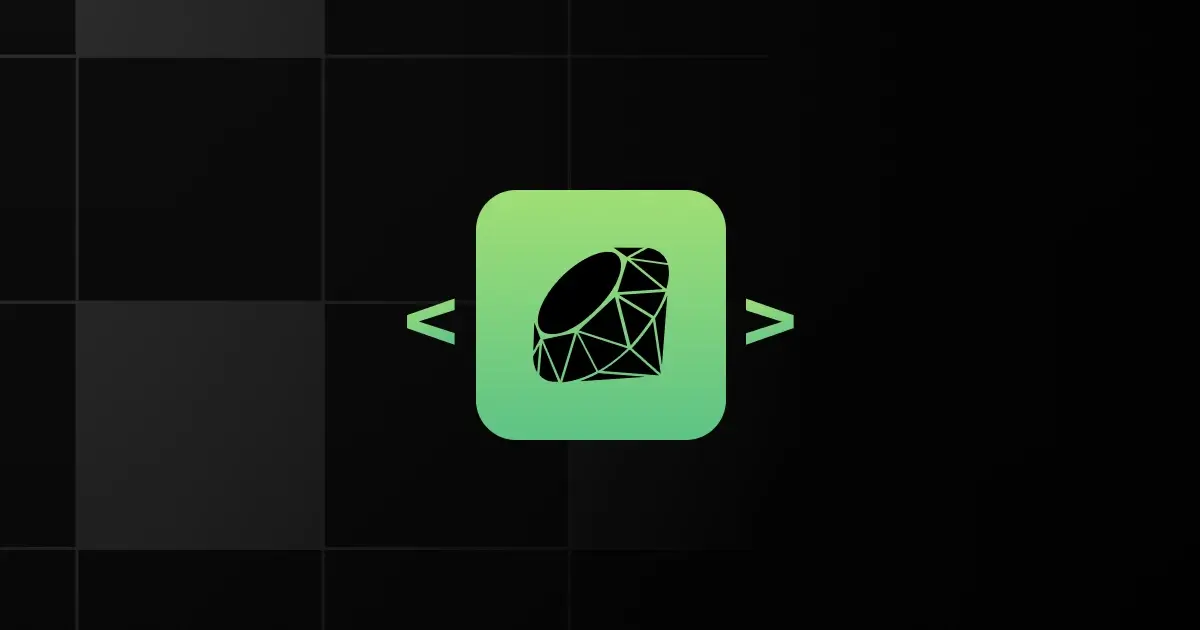


Ruby is a dynamic, open-source programming language with a focus on simplicity and productivity.
It’s great for beginners due to its easy-to-read syntax and strong support for web development.
Popularity:
- Widely used in web development.
- Popular for building web applications.
- Strong presence in the tech industry.
Learning Curve: Easy
Framework and Library Support:
- Ruby on Rails (Web Development)
- Sinatra (Web Development)
- RSpec (Testing)
Integration Capabilities:
- Easily integrates with databases.
- Supports various web services.
- Compatible with numerous web technologies.
Security Features:
- Supports secure coding practices.
- Tools for detecting vulnerabilities.
- Regular security updates.
Community and Support:
- Large and active community.
- Extensive online resources and tutorials.
- Numerous open-source projects and contributions.
Job Market Demand:
- Used for developing web applications and backend services.
- High demand in tech companies, startups, and web development firms.
Future Prospects and Trends:
- Continues to be popular for web development.
- Increasing use in building scalable and maintainable web applications.
10. Kotlin
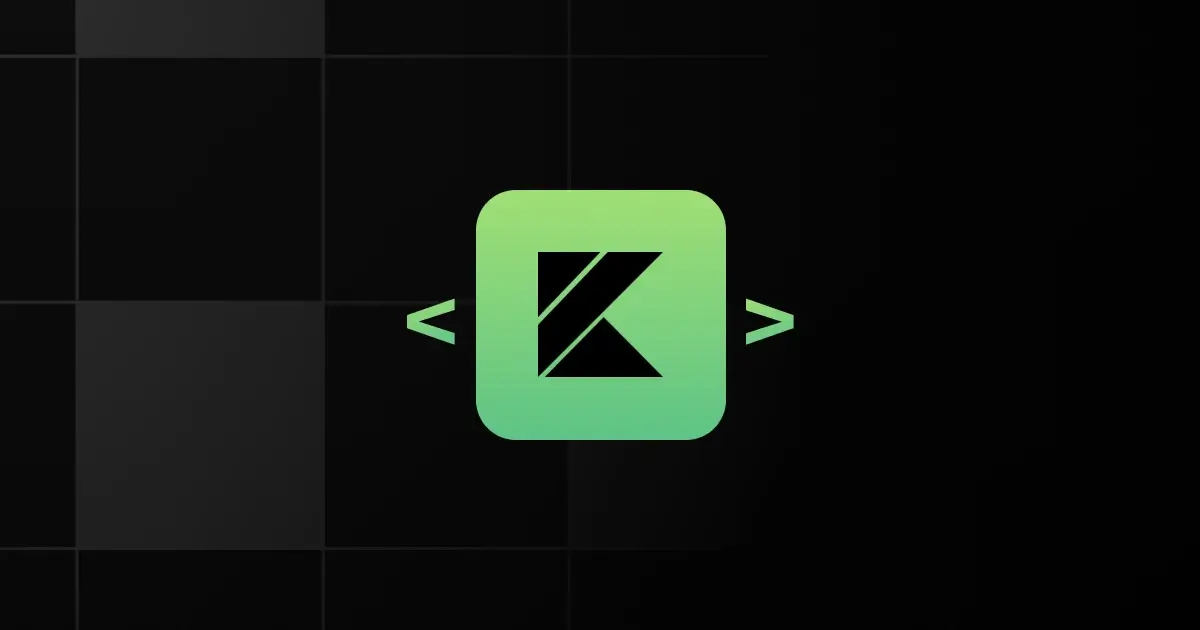


Kotlin is a modern, statically typed programming language that is fully interoperable with Java.
It’s perfect for beginners interested in Android development due to its concise syntax and enhanced features.
Popularity:
- Widely used in Android app development.
- Popular in the mobile development community.
- Strong presence in tech companies.
Learning Curve: Easy
Framework and Library Support:
- Android SDK (Mobile Development)
- Ktor (Web Development)
- Kotlinx (Coroutines)
Integration Capabilities:
- Fully interoperable with Java.
- Supports various mobile and web services.
- Compatible with numerous Java libraries.
Security Features:
- Supports secure coding practices.
- Built-in null safety.
- Regular security updates.
Community and Support:
- Growing and active community.
- Extensive online resources and tutorials.
- Numerous open-source projects and contributions.
Job Market Demand:
- Used for developing Android applications and backend services.
- High demand in mobile development firms and tech companies focusing on Android.
Future Prospects and Trends:
- Increasing use in Android app development.
- Growing adoption in server-side and web development.
Frequently Asked Questions
1. What are the best programming languages for beginners?
The best programming languages for beginners are:
- Python
- C
- C++
- Java
- Javascript
2. What factors should I consider when choosing a programming language to learn as a beginner?
When choosing a programming language to learn as a beginner you must consider the job market demands, prospects, learning curve, and integration support.
3. Which programming languages are easiest to learn for beginners?
Python, C, and C++ programming languages are easiest to learn for beginners.
4. Which programming languages have the highest demand in the job market for beginners?
Python, C, and Java have the highest demand in the job market for beginners.
5. What are the most versatile programming languages for beginners?
The most versatile programming languages for beginners are Python, Javascript, Java, and C++.
6. Which programming languages have promising future prospects for beginners?
Python and Java programming languages have promising future prospects for beginners.
Final Words
Choosing the right programming language is important for your coding journey. In this guide, you can find the 10 best programming languages to learn for beginners that suit your goals.
Start with a language that matches your interests and happy coding!
Explore More Coding Resources
Explore More Programming Languages For:
Related Posts
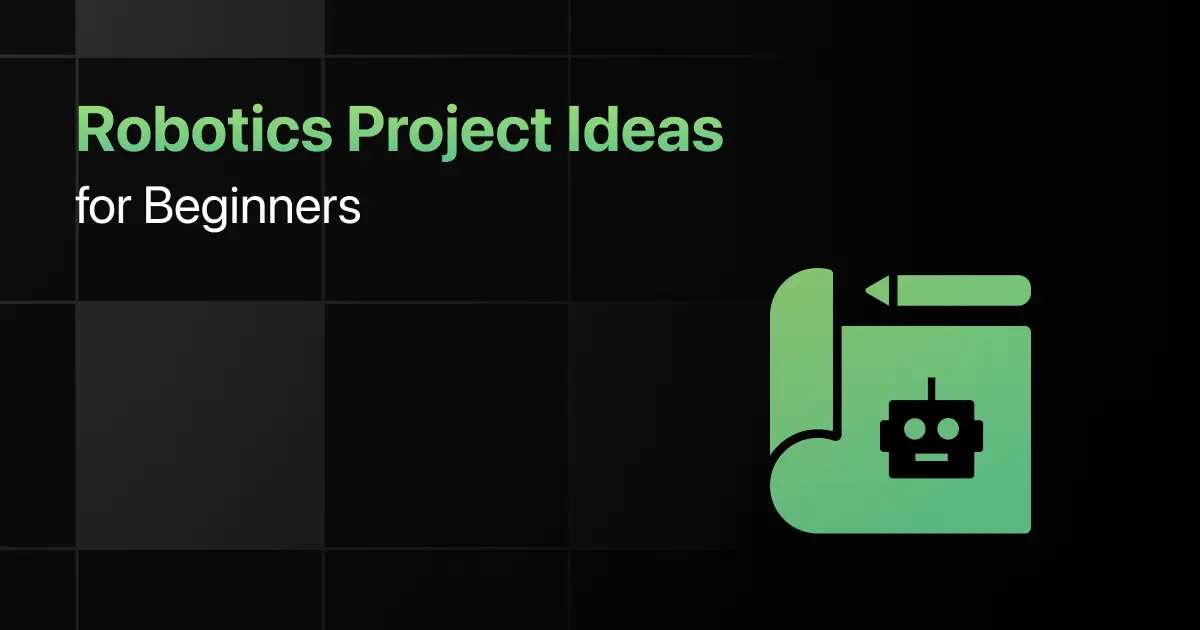

Best Robotics Project Ideas for Beginners [With Source Code]
Are you ready to explore robotics as a beginner? Learning through hands-on projects is the best way to understand core …









